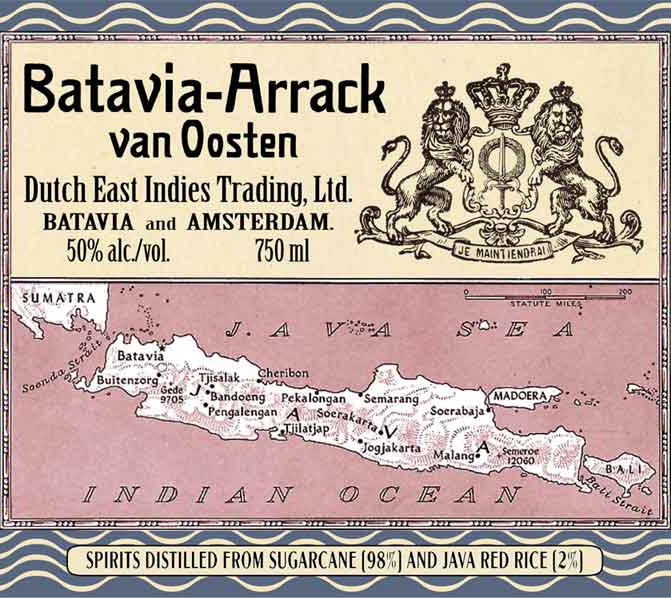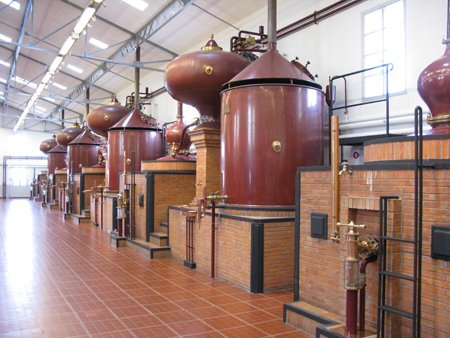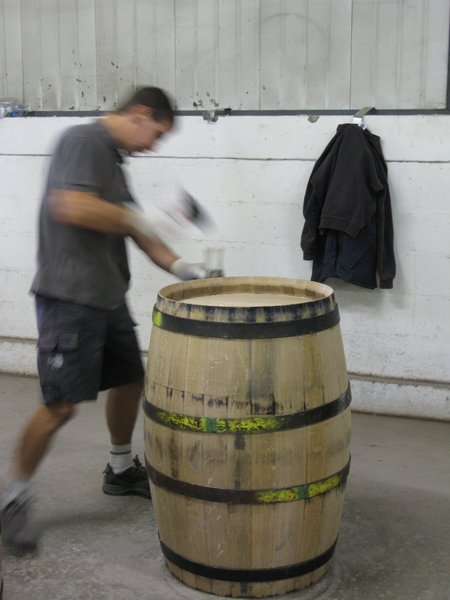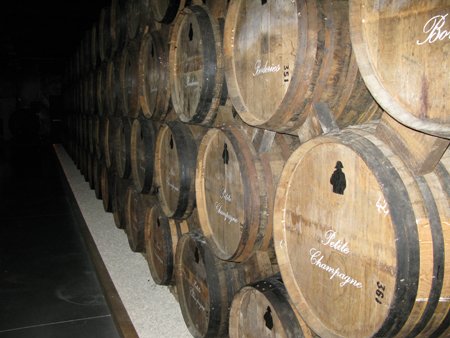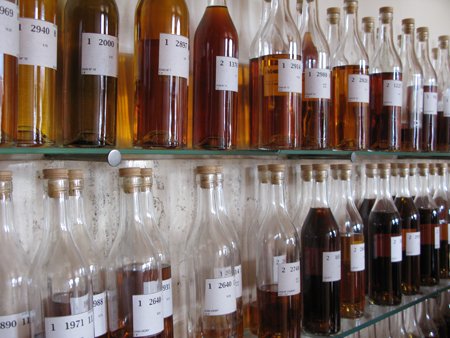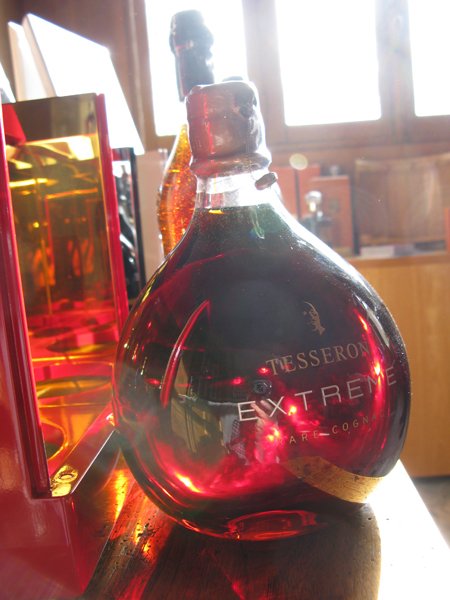I am reading The Oxford Companion to Spirits and Cocktails in order with the Alcademics Book Club, which you may join on Facebook if you wish. (We're on the A's in early January.)
I've already learned so much new information and also old information I'm seeing in a new light.
One example of the latter is in the terminology of Aqua Vitae, the Latin term for distilled spirits ("water of life") vs arrack, the name of several different spirits.
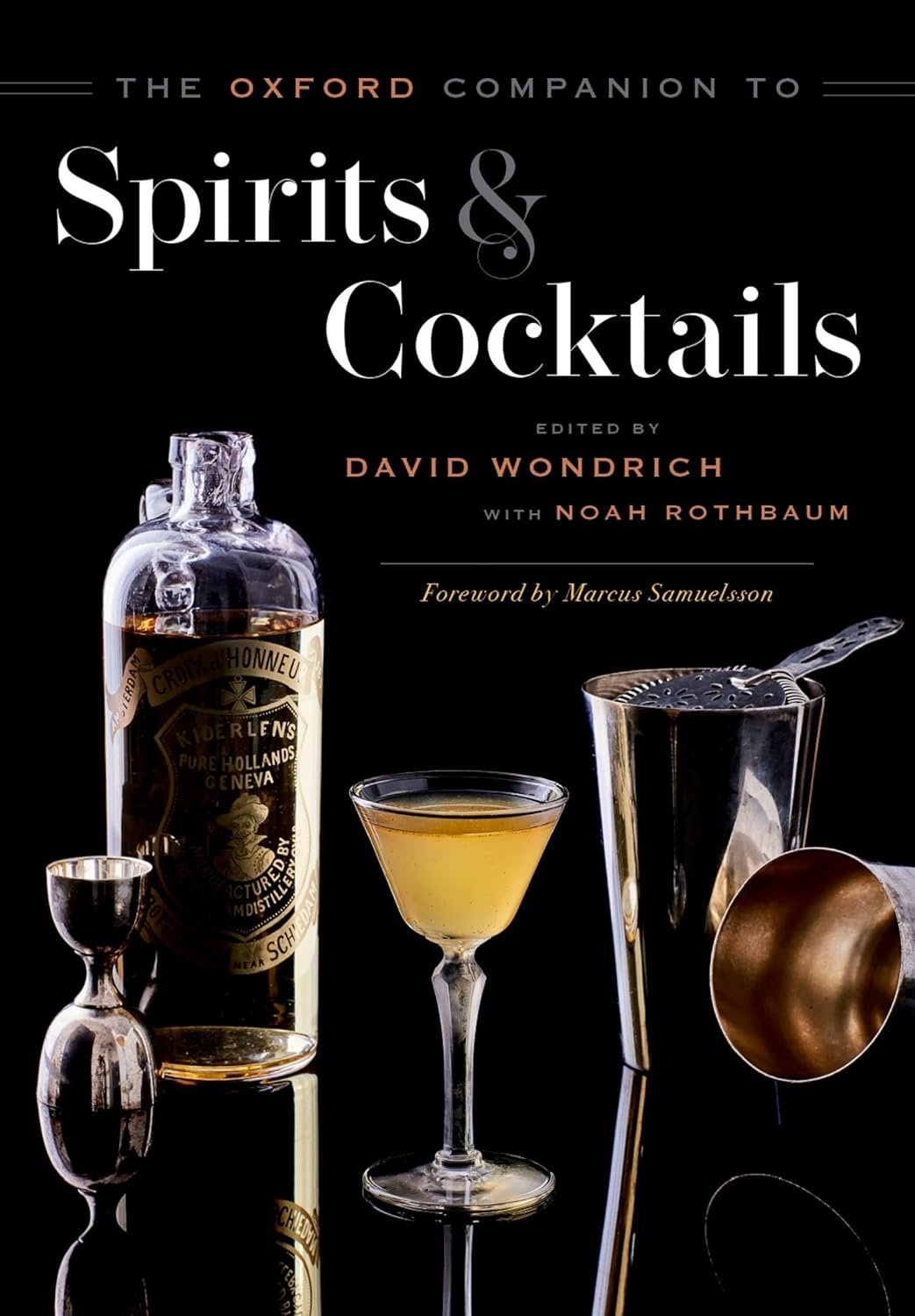 Aqua Vitae as a terminology comes from the "alchemico-medical" background – the medical alchemists separating a pure essence of the universal life force (supposedly) from wine. The name refers to the method (distillates were called waters) and (supposed) healthy life-giving impacts to the person who drinks it. It first referred to wine-based spirits but came to mean distillates of all sorts (and is the base of the words for aquavit, eau de vie, and whiskey) but then words like whiskey, brandy, etc came to dominate as spirits differentiated. A thing to note here is that this terminology and technology was from Southern Italy and spread up north in Europe toward the UK and Scandinavia, and eastward into Germany, Poland, and Russia. The technology of distillation of aqua vitae followed the path of knowledge with travelling monks.
Aqua Vitae as a terminology comes from the "alchemico-medical" background – the medical alchemists separating a pure essence of the universal life force (supposedly) from wine. The name refers to the method (distillates were called waters) and (supposed) healthy life-giving impacts to the person who drinks it. It first referred to wine-based spirits but came to mean distillates of all sorts (and is the base of the words for aquavit, eau de vie, and whiskey) but then words like whiskey, brandy, etc came to dominate as spirits differentiated. A thing to note here is that this terminology and technology was from Southern Italy and spread up north in Europe toward the UK and Scandinavia, and eastward into Germany, Poland, and Russia. The technology of distillation of aqua vitae followed the path of knowledge with travelling monks.
Arrack was the Arabic word for distilled spirit, and according to Oxford, "is the first widely accepted umbrella term used to differentiate spirits from fermented beverages." It was first referenced in the later 1200s and early 1300s (the same time, but in different places, as references to aqua vitae). It also referred to several different distillates – palm arrack from Goa, cane arrack from northeast India, rakia from grapes/raisins in the Ottoman Empire/Middle East, and Batavia arrack from Indonesia that was made from palm sap and sugar. Many of these spirits travelled with sailors on the spice trade routes and were made into punch. Though not stated explicitly in Oxford, it seems terms referred to distilled beverages.
"All of these spirits preceded the rise of brandy, genever, rum, and whisky, the European spirits" according to Oxford.
So arrack (in its various spellings) seems to be the blanket term for distilled beverages that came out of the Asian tradition and ingredient set that travelled along Asian-oriented sea and land trade routes, while aqua vitae was more the European term for distilled medicinal spirits from wine and grain that travelled along routes of monastic and medical-alchemical knowledge from Southern Europe north and northeast.
"In general the newer trade networks supplanted the older ones, and the various arracks fell back on their local markets." And the spirits born from the tradition of aqua vitae came to dominate the European markets and evolve into their more modern forms.
